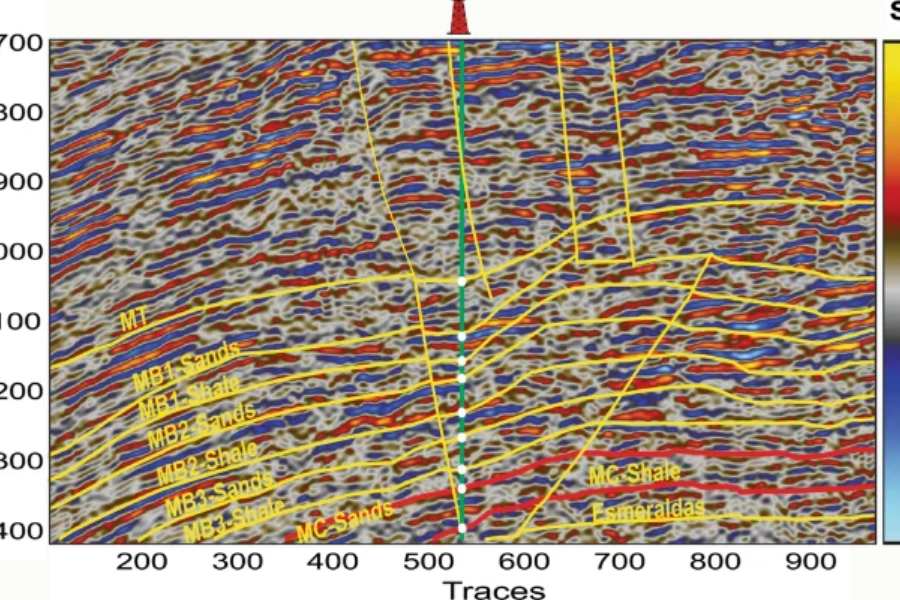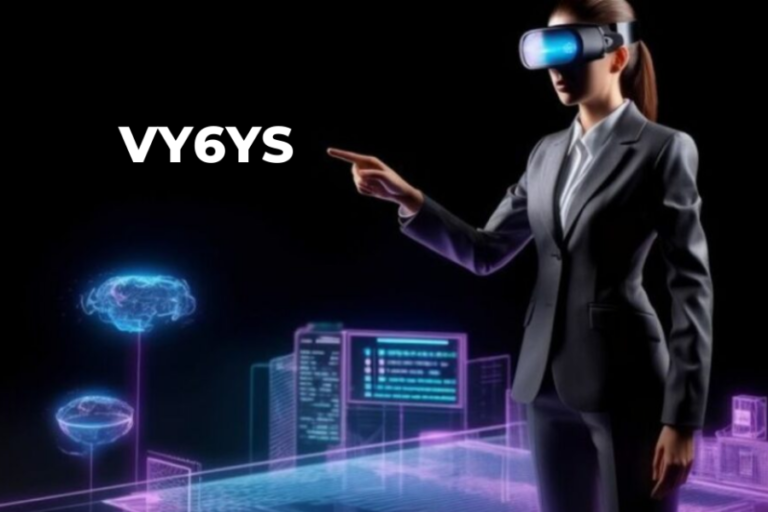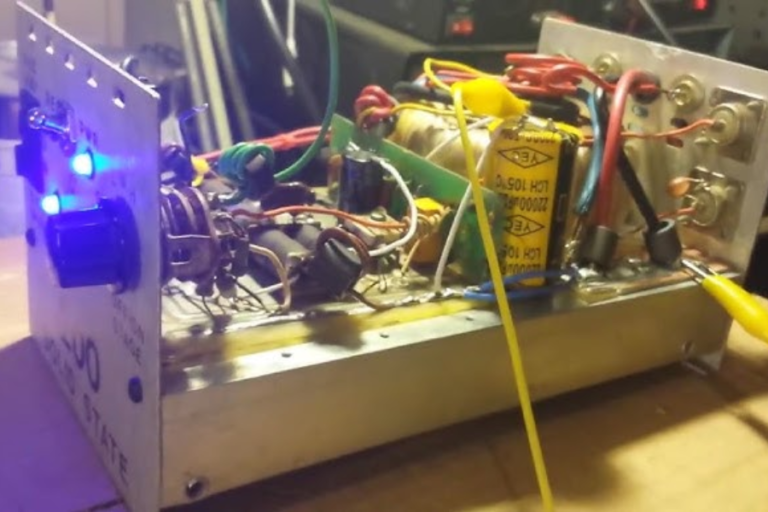Velocity Model Building From Raw Shot Gathers Using Machine Learning
Seismic data interpretation is fundamental in various fields such as oil and gas exploration, environmental studies, and geotechnical engineering. A key component of this interpretation is the creation of accurate velocity models, which describe how seismic waves propagate through the Earth’s subsurface. These models are essential for understanding subsurface structures and making informed decisions in exploration and drilling activities. Traditionally, constructing these models was a time-consuming and labor-intensive process, but the advent of machine learning has revolutionized the approach, making it more efficient and accurate. This article delves into the process of building velocity models from raw shot gathers using machine learning, highlighting its importance, challenges, and the steps involved.
Understanding Raw Shot Gathers
Shot gathers are a crucial element in seismic data processing. They represent the collection of seismic data recorded by multiple receivers (geophones) following a single seismic source event, known as a “shot.” These gathers contain information about the subsurface structures that the seismic waves have traversed. However, the raw shot gathers are typically noisy and complex, requiring significant preprocessing to extract meaningful information. Traditionally, this preprocessing was performed manually by expert interpreters, a task that was both time-consuming and subject to human error. Today, machine learning models can assist in automating and optimizing this critical step, allowing for more consistent and efficient processing of seismic data.
Importance of Velocity Models
Velocity models are the foundation of seismic data interpretation. They describe the seismic wave velocities at different depths within the Earth, providing insights into the subsurface geology. Accurate velocity models enable the creation of detailed seismic images that map subsurface formations, which are crucial for identifying natural resources, assessing earthquake risks, and guiding drilling operations.
Errors in velocity models can lead to incorrect interpretations, potentially resulting in costly drilling mistakes or missed opportunities for resource extraction. Therefore, improving the accuracy and efficiency of velocity model building is a top priority in geophysical research. Machine learning offers a powerful tool to enhance this process, enabling more precise and reliable velocity models.
Traditional Methods of Velocity Model Building
Before the integration of machine learning, velocity model building was a largely manual and iterative process. Geophysicists would manually interpret seismic data, apply corrections, and adjust their models based on the results of seismic wave propagation simulations. While this method could produce accurate models, it was slow, labor-intensive, and prone to human error. Additionally, it struggled to keep pace with the increasing size and complexity of seismic datasets generated by modern surveys.
The traditional approach also required extensive expertise, as the interpretation of seismic data is highly subjective. Different experts might interpret the same data differently, leading to inconsistencies in the velocity models produced. The high computational cost of repeatedly simulating seismic wave propagation further limited the scalability of traditional methods.
Challenges in Velocity Model Building
Constructing accurate velocity models from seismic data presents several challenges. First, seismic data is often noisy, requiring extensive preprocessing to filter out irrelevant information and enhance the signals of interest. Noise can originate from various sources, including environmental conditions, equipment errors, and surface waves. Effective noise reduction is crucial to ensuring that the velocity model accurately reflects the subsurface geology.
Another major challenge is the inversion process, which involves deriving velocity models from seismic data. This process is computationally intensive and can be ill-posed, meaning that small changes in the input data can lead to large variations in the resulting velocity model. This sensitivity can make it difficult to produce stable and reliable models, particularly when working with noisy or incomplete data.
The subjectivity of manual interpretation adds another layer of complexity. Because the interpretation of seismic data is often based on experience and intuition, different geophysicists may arrive at different conclusions when analyzing the same data. This subjectivity can lead to inconsistencies in velocity models, making it difficult to compare results across different projects or teams.
Introduction to Machine Learning in Seismic Data
Machine learning (ML) has emerged as a promising solution to the challenges of velocity model building. By training algorithms on large datasets, machine learning models can learn to recognize patterns in seismic data that correspond to specific subsurface features. This capability allows for the automation of tasks traditionally performed by expert interpreters, such as identifying layer boundaries and estimating seismic velocities.
Machine learning models can also process data more quickly than traditional methods, enabling geophysicists to work with larger datasets and generate more accurate velocity models. By reducing the reliance on manual interpretation, machine learning can help eliminate subjectivity and improve the consistency of velocity models across different projects.
Types of Machine Learning Used in Seismic Data
Several types of machine learning are applicable to seismic data processing, each with its own strengths and limitations. Supervised learning is one of the most commonly used approaches in velocity model building. In supervised learning, a model is trained on labeled data, where the correct outcomes are known. For example, a model might be trained to predict the velocity model for new shot gathers based on a dataset of shot gathers with known velocity models.
Unsupervised learning is another important approach, particularly for tasks like clustering seismic data into different regions based on similarity. Unlike supervised learning, unsupervised learning does not require labeled data, making it useful for exploring and analyzing large, unlabeled datasets.
Reinforcement learning, while less common in seismic data processing, is gaining traction in geophysical applications. This approach involves training an agent to make decisions based on feedback from the environment, which can be useful for optimizing complex, iterative processes like velocity model building.
Raw Shot Gathers to Velocity Model: Process Overview
Building a velocity model from raw shot gathers using machine learning involves several key steps. The process begins with data preprocessing, where noise is removed, and distortions caused by the Earth’s surface or near-surface layers are corrected. This step is crucial for ensuring that the subsequent analysis accurately reflects the subsurface geology.
Next, features are extracted from the shot gathers. These features might include attributes such as travel time, amplitude, and frequency content, which provide valuable information about the subsurface. Feature engineering, which involves selecting and transforming these features to make them more useful for machine learning models, is a critical step in the process.
Once the features have been extracted, the machine learning model is trained on a dataset of labeled shot gathers, where the correct velocity model is known. The training process involves adjusting the model’s parameters to minimize the difference between its predictions and the known outcomes. After training, the model can be applied to new, unlabeled shot gathers to predict their velocity models. These predictions are then validated against additional data or compared to results from traditional methods to ensure their accuracy.
Data Preprocessing for Machine Learning
Data preprocessing is a critical step in velocity model building from raw shot gathers using machine learning. Raw shot gather data often contains noise from various sources, including environmental conditions, equipment errors, and surface waves. To ensure that the machine learning model can accurately interpret the data, this noise must be removed or reduced.
In addition to noise reduction, data preprocessing may involve correcting for distortions caused by the Earth’s surface or near-surface layers. These corrections are necessary to ensure that the data accurately reflects the deeper subsurface structures of interest. Preprocessing can also include normalizing the data, adjusting for variations in amplitude, and converting the data into a format that is suitable for machine learning analysis.
Feature Engineering from Shot Gathers
Feature engineering is the process of selecting and transforming the raw data into a set of features that can be used by a machine learning model. In seismic data processing, this might involve calculating seismic attributes such as frequency, phase, or envelope amplitude from the shot gathers. These attributes can provide valuable information about the subsurface and help the machine learning model distinguish between different geological features.
Dimensionality reduction techniques, such as principal component analysis (PCA), can also be used in feature engineering. These techniques reduce the complexity of the data by focusing on the most important features while preserving the underlying patterns. This step is crucial for ensuring that the machine learning models can operate efficiently, especially when dealing with large seismic datasets.
Labeling in Machine Learning for Velocity Models
Labeling the training data is one of the most important tasks in supervised learning. For seismic velocity models, this typically means providing the correct velocity model for each shot gather in the training set. However, generating these labels can be challenging, as it often requires manual interpretation or synthetic data.
One approach to labeling involves using forward modeling to generate synthetic shot gathers with known velocity models. These synthetic datasets can be used to train the machine learning model, allowing it to learn the relationship between shot gather features and the corresponding velocity models. Once trained, the model can be applied to real shot gathers to predict their velocity models.
Conclusion
The integration of machine learning into seismic data processing has transformed the way velocity models are built from raw shot gathers. By automating and optimizing the interpretation process, machine learning models can produce more accurate and consistent velocity models, reducing the reliance on manual interpretation and improving the scalability of seismic data analysis. As machine learning techniques continue to evolve, their application in geophysics will likely expand, offering new opportunities for enhancing our understanding of the Earth’s subsurface.
FAQs
Q: What are shot gathers in seismic data processing?
A: Shot gathers are collections of seismic data recorded by multiple receivers following a single seismic source event. They provide valuable information about subsurface structures.
Q: Why are velocity models important in seismic data interpretation?
A: Velocity models describe how seismic waves propagate through the Earth’s subsurface, enabling the creation of seismic images that map subsurface formations. These models are crucial for locating natural resources and assessing geological risks.
Q: How does machine learning improve the process of velocity model building?
A: Machine learning automates and optimizes the interpretation of seismic data, allowing for more accurate, consistent, and scalable velocity model building.
Q: What challenges are associated with traditional methods of velocity model building?
A: Traditional methods are time-consuming, labor-intensive, and prone to human error. They also struggle to scale with large







